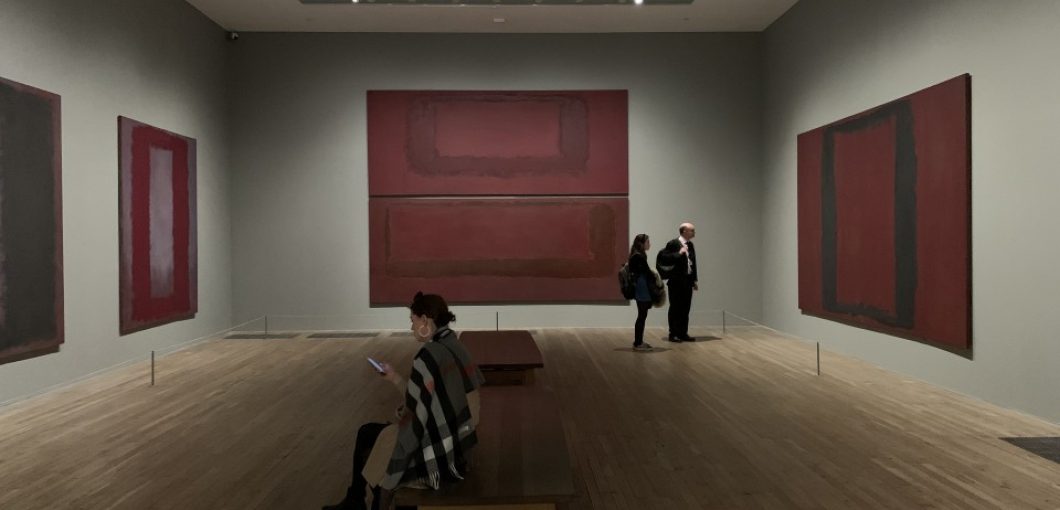
Why does one of the most important design disciplines not have a name?
The spaces we inhabit day-to-day encompass more than architecture and the built environment, they can change the way we think, feel and act. Those within the industry speak of “environment design” yet to most people the design of these spaces often falls under interior design; a term that is somewhat vague and often misinterpreted. With the rise of IKEA and popularity of Kirstie Allsopp, interior design has come to occupy a dominant place in popular culture. This kind of interior design tends to focus on decor and trends, rather than human needs. In 2020, how we design what surrounds and support us merits its own discipline: Human Environment Design.
As humans, we use our senses to read our environment and move us through spaces. The design of a space informs how we interact with people, it affects our wellbeing and how we feel. It can communicate an identity, create a sense of belonging, and shape people’s behaviour.
Those at the top of their profession understand the complexity of interior design. Ilse Crawford of Studioilse, who was awarded an MBE for services to interior design, refers to the design of interiors as a tool to enhance our humanity. Crawford has a simple mission to put human needs and desires at the centre of all that she does. This is the essence of Human Environment Design.
Over the past few years it seems that everyone from architects to government bodies are talking about human-centric design (also known as human-centred design). This has come to define an approach that identifies true insights to improve products and services. It can be applied to anything from new product development, to AI, and underpins how great experiences are designed.
We spend around 90% of our time indoors so it makes sense that human experience, and everything that influences it, should be central in how we design environments. Through the lens of Human Environment Design we could build a new understanding of how ‘spaces’, impact us in powerful ways.
Human Environment Design involves a combination of environmental psychology, sensory design, UX, ergonomics and interiors. It defines the way that we work; designing for the many ways people experience spaces. Schools, universities, libraries, retail, workspaces, and other experience-led environments can all employ Human Environment Design. In education, the school is recognised as both a physical and an emotional ‘space’. Research by UCL Institute of Education found that the ‘spaces’ each young person or staff member inhabits or passes through have a profound impact on their sense of self, and on their sense of place. Kathryn Riley, Professor of Urban Education at UCL states “Place and belonging matter to all of us: and schools are one of the few shared social institutions which can help create a sense of belonging – or exclusion.”
This supports what we know about workplace and retail design where environments create a physiological and psychological experience. These spaces not only address human needs but shape behaviour through spatial design and variety. They go beyond function and aesthetics to evoke emotions by stimulating the senses. The softness or roughness of a surface, a subtle scent, lighting levels, and sound, all affect how people respond to a space. The combination of materials, graphics, voice, digital interaction, and spatial form work together to provide a connection to a brand, community or organisation.
It is when these component parts are used concurrently that the effect is amplified. All this goes to highlight the clear distinction between home decor and environments that support and enhance human behaviour. When interior design only scratches the surface, Human Environment Design points the way for the design of environments in the decade ahead.

Comments
Tell us what you think